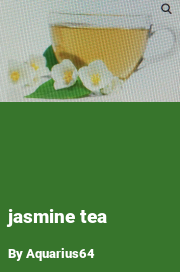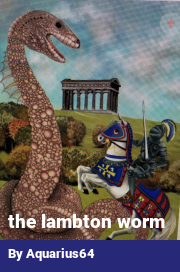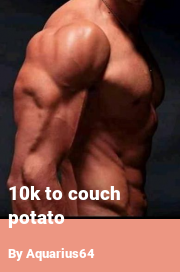Chapter 1
In 2050, a women’s (UK) size 16-18 was considered to be ‘small’. A size 20-22 was considered a ‘medium’ and a size 24-26 was considered to be ‘large’.There was a minority of the population who were wearing XS, XXS, or even XXXS. These were usually women who still had very active careers or athletes.
The majority of women fitted into a M, L, XL or larger.
The impact of the pandemic of the early twenties has affected everyone. As the virus became more and more prevalent, people’s lives became more and more restricted. They had been forced to lead a more sedentary lifestyle. Many were able to work from home, but many thousands lost their jobs and were reliant on the state to survive. Food parcels were made out of necessity rather than following healthy eating guidelines. Much of the population turned to overeating to ease the boredom, or to comfort themselves from the constant loneliness and isolation.
As the pandemic eased, the government encouraged people to use their government food coupons in local supermarkets, bars, pubs and restaurants in an attempt to kick start the economy. Shops and restaurants would increase the revenue of the suppliers all the way down the line and improve trade with other countries.
Hospitality businesses, in turn, encouraged their new customers to stay longer, eat and/or drink more and come back more often.
Before the COVID pandemic medics had warned of an ‘obesity epidemic’. Now that the coronavirus was behind them, obesity was everywhere.
A slim person walking down the street would be stared at as it was such an unusual event.
Restaurants and takeaways were on every street corner, they filled the gap left by the retain businesses that now only existed only online. Portion sizes increased. Supermarkets sold foods in ‘standard’ and ‘jumbo’ sizes. ‘Mini’ and ‘fun’ sizes were a thing of the past.
New clothing fashions celebrated larger bodies. This was not just one company, it was the entire fashion industry, who had to adjust their mannequins after realising they were no longer making any money with their size 4-6 models. Models who had once half starved themselves to keep themselves in work, now struggled to keep up with the volume of food they needed to consume to get fat and then maintain their fatness.
Ideally, an outfit celebrated one particular area of the body only, not two.
A person with large pendulous breasts may decide to emphasise their size. To do so, they would wear either a fitted top with internal bra or corset support. The neckline would be extremely low, just skimming over the top of their nipples. The rest of the outfit would be loose and comfortable. An alternative outfit to emphasise large breasts would be to go braless allowing the breasts to hang naturally, or rest on top of a large belly. The breasts would jiggle and swing as the person moved, which was all part of the allure.
Someone with a lot of dimpled cellulite may decide to show off their large legs. They would keep their top half covered up, usually with something loose, soft and comfortable, then their would wear a form fitting mini skirt or shorts. Seeing their flesh wobble was part of their sexiness. Watching someone with particularly large legs struggle to walk even short distances was appealing. Once, seeing someone with big cellulitic legs in a tiny skirt would have been a turn off.
Some women had large buttocks that they wanted to show off. Padding out a figure to show off this particular body part was no longer necessary as it had been in bygone days. Outfits to show off a large bum would tend to be form fitting. They might make use of stripes to draw attention to the curves, or bows and ribbons would show off the flat shelf of a bum.
Some women wanted to show off their fat rolls and love handles. They would wear clothing with cut out sides, that enabled their fat to ooze out of the outfit to be on show.
The most popular part of the body to show off for both sexes was a large belly.
Clothes around the mid-section were clingy, to show off every roll, every lump and bump, but not uncomfortably tight. Alternatively, trousers were worn beneath the belly and tee shirts above, leaving the belly itself bare.
Most slim people supported at least one family member financially, socially or helped them physically.
1 chapter, created 5 years
, updated 5 years
4
2
2349










Comments